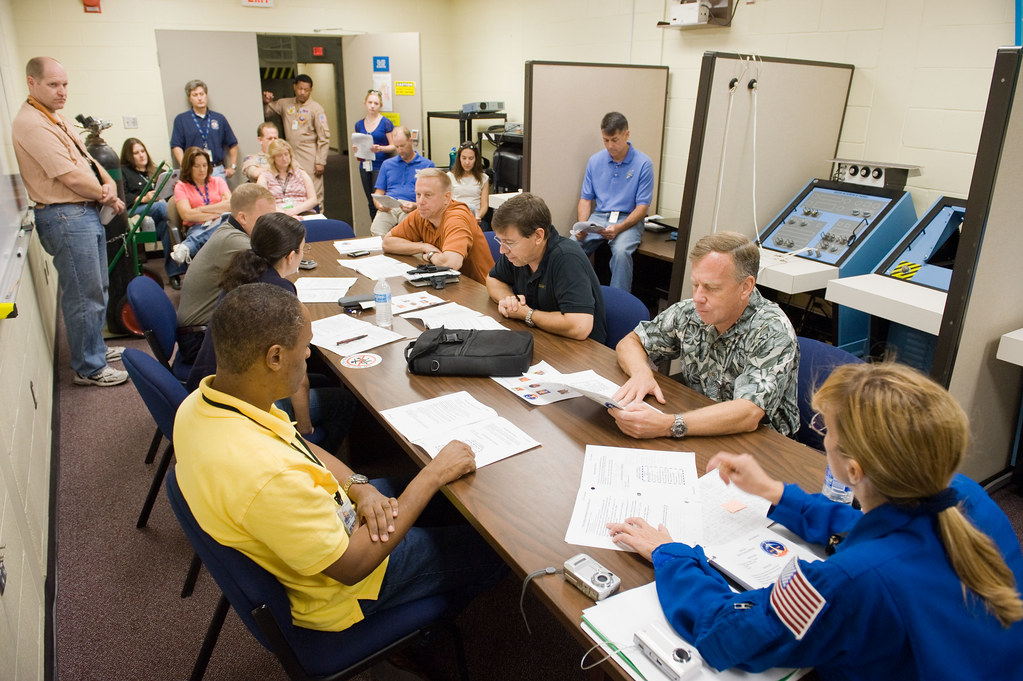
Transport and Road Safety Training: Ensuring Safe Journeys on the Road
Transport and Road Safety Training : In today’s fast-paced world, transportation is an integral part of our daily lives. Whether it’s commuting to work, running errands, or going on a road trip, we depend on various modes of transportation to get us from point A to point B. However, with the convenience of transportation comes the responsibility of ensuring road safety. This article delves into the importance of transport and road safety training, emphasizing the need for comprehensive education and training programs.
1. Introduction
The roads are bustling with vehicles of all shapes and sizes, making road safety an issue of paramount importance. Accidents on the road can result in life-altering consequences, affecting not only the victims but also their families and communities. This article sheds light on the critical need for transport and road safety training to mitigate the risks associated with road travel.
2. Understanding the Significance of Road Safety
Road safety encompasses a range of practices and regulations designed to protect drivers, passengers, pedestrians, and cyclists. It involves obeying traffic laws, using safety equipment, and adopting defensive driving techniques. The consequences of neglecting road safety can be devastating, including injuries, fatalities, and property damage.
3. Transport and Road Safety Training: A Necessity
To address the challenges of road safety effectively, comprehensive training programs are essential. These programs equip individuals with the knowledge and skills needed to navigate the road safely. Whether you’re a novice driver or a seasoned professional, continuous learning and training are key to staying safe on the road.
4. Components of Effective Road Safety Training
4.1. Theoretical Knowledge
Understanding the rules of the road, traffic signs, and regulations is fundamental to road safety. Training programs should include theoretical components to educate participants about these critical aspects.
4.2. Practical Training
Practical training sessions allow individuals to apply theoretical knowledge in real-world situations. Hands-on experience with vehicle handling and emergency maneuvers can be a lifesaver in critical situations.
4.3. Vehicle Maintenance
Regular vehicle maintenance is a cornerstone of road safety. Training programs should emphasize the importance of vehicle inspections and routine maintenance checks.
4.4. Emergency Preparedness
Being prepared for emergencies is crucial. Training should cover topics such as first aid, handling accidents, and roadside assistance procedures.
5. Who Benefits from Road Safety Training?
Road safety training is not limited to new drivers. It benefits drivers of all ages and experience levels, pedestrians, cyclists, and even passengers. Everyone sharing the road should be well-versed in road safety practices.
6. Government Initiatives for Road Safety
Governments play a pivotal role in promoting road safety through legislation, enforcement, and public awareness campaigns. Learn how your local government is working to improve road safety in your area.
7. Corporate Responsibility in Road Safety
Companies with fleets of vehicles have a responsibility to ensure the safety of their employees and the public. Discover how businesses are incorporating road safety training into their corporate culture.
8. Educational Institutions and Road Safety Training
Young drivers need a strong foundation in road safety. Find out how schools and colleges are integrating road safety education into their curricula.
9. The Role of Technology in Road Safety
Innovations in technology are revolutionizing road safety. Explore the latest advancements, such as driver-assist systems and traffic management solutions.
10. Challenges in Road Safety Training
Despite the importance of road safety training, there are challenges to overcome. Discover the common obstacles and how they can be addressed.
11. Measuring the Impact of Training
Evaluating the effectiveness of road safety training programs is crucial. Learn about the metrics used to measure the impact of training initiatives.
12. Case Studies: Successful Road Safety Programs
Discover inspiring success stories of organizations and communities that have implemented effective road safety training programs.
13. The Road Ahead: Future Trends in Road Safety Training
Stay ahead of the curve by exploring the future trends and innovations in road safety training.
14. Conclusion
Transport and road safety training are indispensable tools in reducing accidents and saving lives on the road. By investing in comprehensive training programs, individuals, governments, and businesses can contribute to safer roads for all.
Chemical Handling and Hazardous Materials Training
15. Frequently Asked Questions (FAQs)
1. How often should I undergo road safety training?
- Road safety training should be an ongoing process. Consider refresher courses every few years or whenever you feel the need to update your skills.
2. Are road safety programs mandatory for new drivers?
- In many regions, yes. New drivers often need to complete a specific number of hours of road safety training as a prerequisite for obtaining a driver’s license.
3. What should I do in case of a car accident?
- First, ensure your safety and the safety of others involved. Then, call emergency services and follow their instructions.
4. How can I encourage road safety in my community?
- Organize awareness campaigns, workshops, and seminars to educate your community about road safety. Be a role model by following road rules.
5. Is road safety training beneficial for pedestrians and cyclists?
- Absolutely. Pedestrians and cyclists also share the road and can benefit from road safety education to stay safe.
























